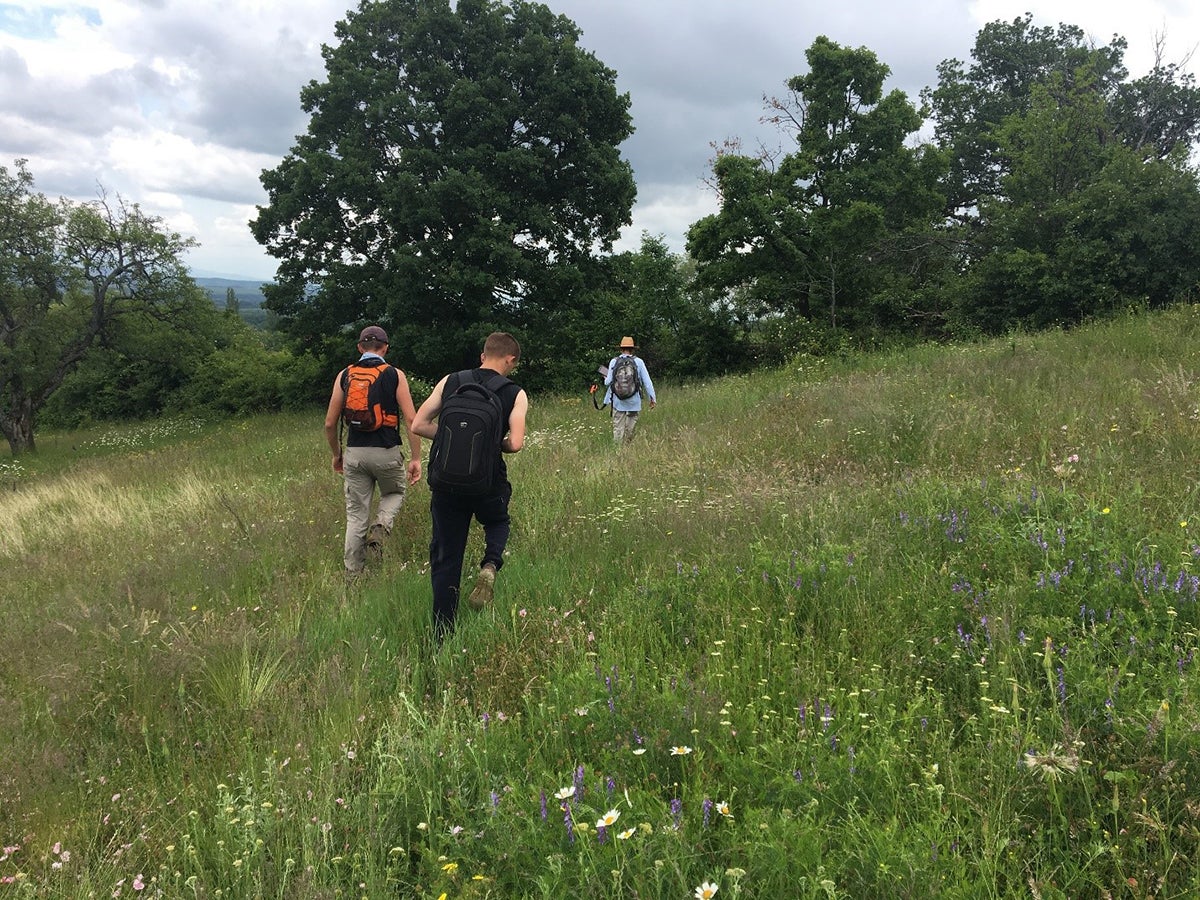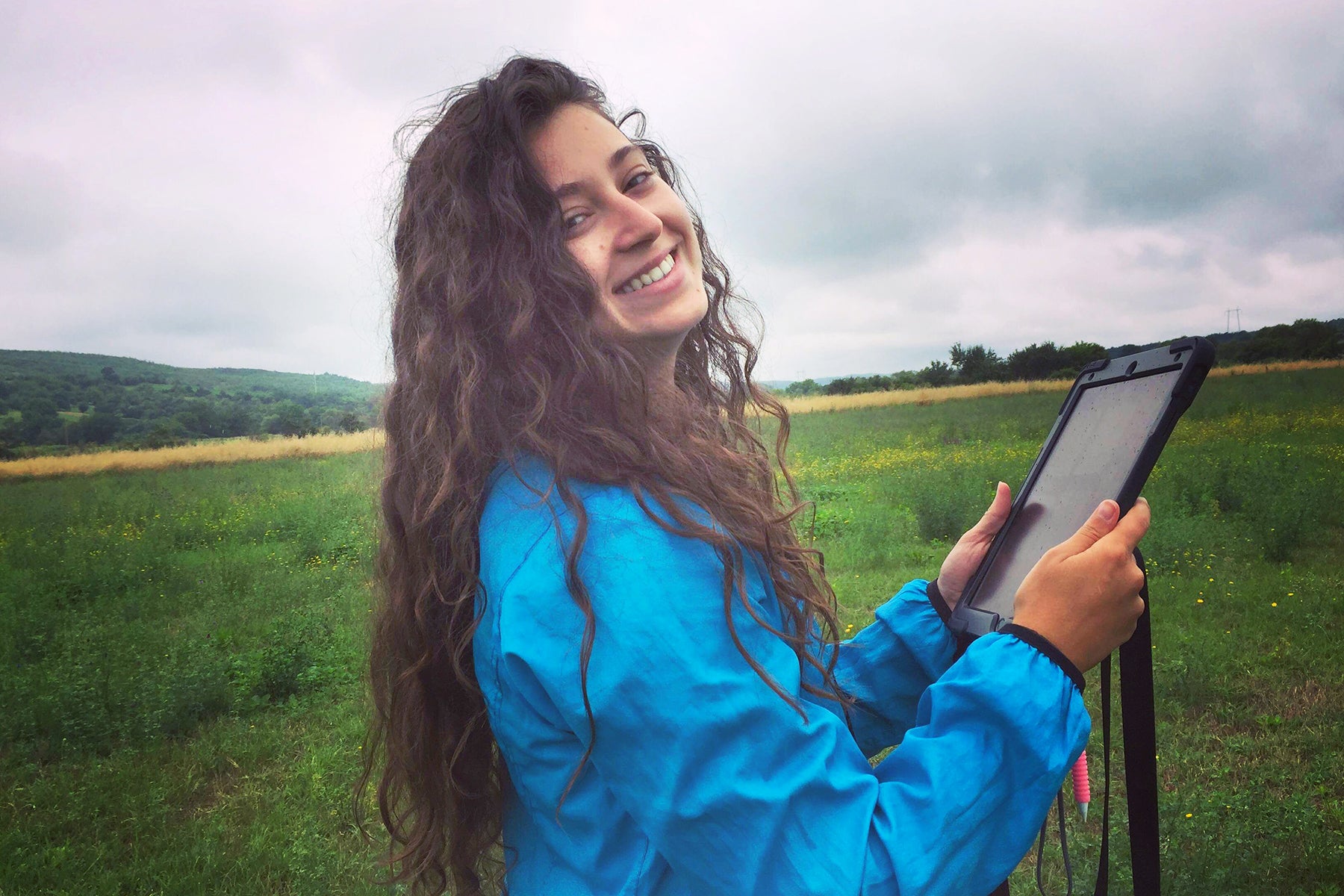The first leg of the UMMAA ANTHRARC 487 Field School is being held in Peja, Kosovo with the RAPID-K project, which utilizes pedestrian survey and shovel testing to determine the number and layout of archaeological sites in the Peja and Istog districts of Kosovo. We undergraduates cycle through each part of the project, gaining experience in survey, shovel testing, and recording collected artifacts in the laboratory. Students are able to work with a variety of materials spanning from Prehistoric times up though the Middle Ages, consisting of finds such as ceramics, lithics (worked stone), and tiles.

For the first few days, I worked with survey Team D in the Istog District of Kosovo. Pedestrian survey in RAPID-K involves systematically locating and walking through fields with decent ground visibility, which generally means plowed with low vegetation, and collecting all artifacts present on the surface. However, basing the location of new sites solely on the material we can see in surveyable fields may lead to errors if we miss materials or skip fields. This is always a risk in archaeology since it is impossible to find everything, but RAPID-K has already located a number of new sites in Kosovo and will continue to do so. Survey like this can be used to provide a map of possible sites in a region and prompt future excavations.
Survey is a very adventurous method of archaeology since teams explore new areas, interact with local people to gain insight on the region, and pick up pieces of history along the way. In Kosovo, I have been able to hike through the mountains in the western part of the country on the lookout for artifacts and to meet new people in every village we go through. The sights are beautiful, the people are welcoming, and the archaeological knowledge of the region is expanding with every field we survey. With a great team, it makes for a fun and exciting way to get in the field and explore the history of a place.


